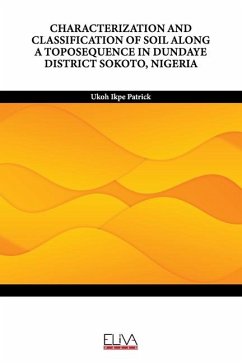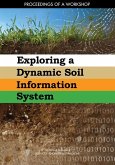Two pedons on three different topographical positions (summit, shoulder and foot slope) on a toposequence were studied at Dundaye District, Sokoto State. The Summit was on relatively flatland with an elevation of 283m above sea level. It is located on latitude 130 071 N and long. 050131E. Shoulder was a gently slopy land with an elevation of 271m above sea level. It is situated on latitude 130 071 N and long. 050 141E, while foot slope was on a low land with an elevation of 262m above sea level. It is located on latitude 130141N and long. 050131E. Morphological properties of the soils revealed that soils of the upper slope were shallow and perfectly drained and were generally sandy in texture. Those on shoulder were deep and well drained while those at the foot slope have subangular blocky structure with evidence of biological activities at the surface. Physical properties of the soils indicate a relatively high bulk density and high porosity. The dominant exchangeable bases were Ca and Na. The soils were slightly acid in reaction with pH range of 5.3 to 5.4,5.2 to 5.4, 6.5 to 6.7. Organic matter content of the soils was generally low range from 0.33 to 0.37,0.08 to 0.16 and 0.88 to 0.93. The soils were rated low in nitrogen. The results of available phosphorus show an irregular distribution in the profiles. The soils were rated having very low available phosphorus. The soils were low in cation exchange capacity with high base saturation status. The soils were classified using the USDA soil Taxonomy system in which soils of the summit were classified as Typic Haplustepts, those of the shoulder as Vermic Ustorthents and those of the foot slope as Typic Endoaquents.








